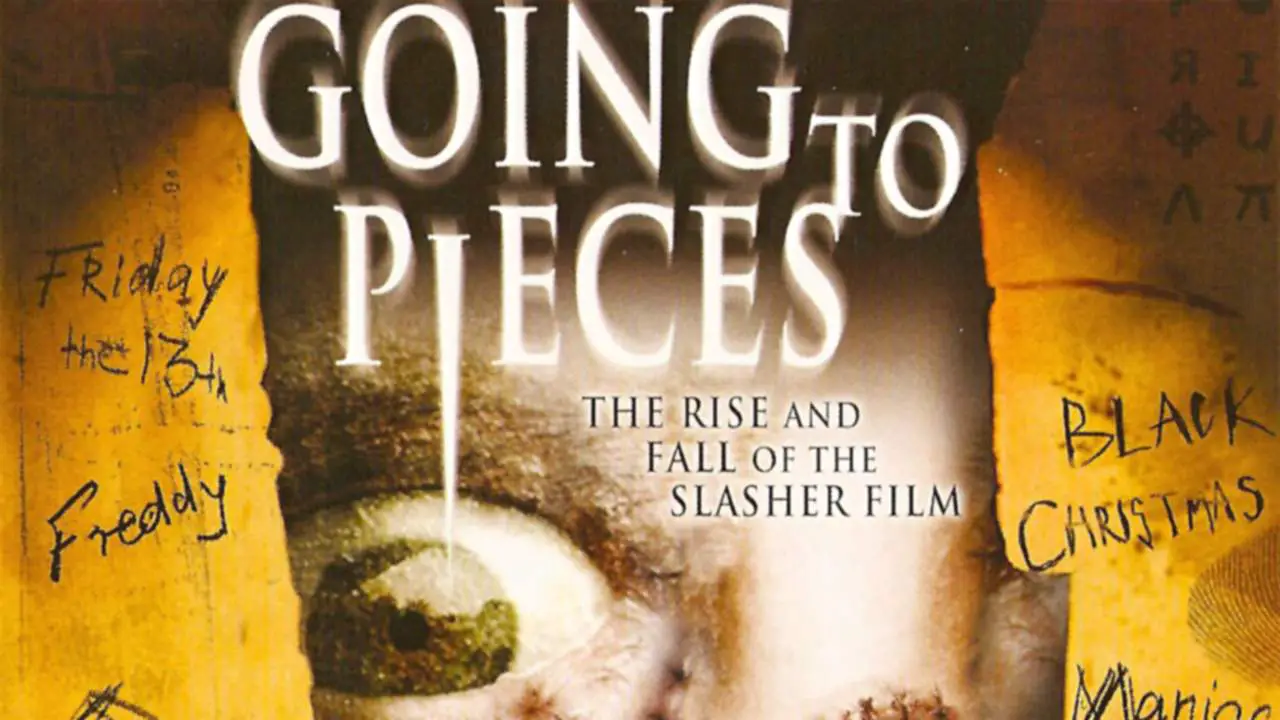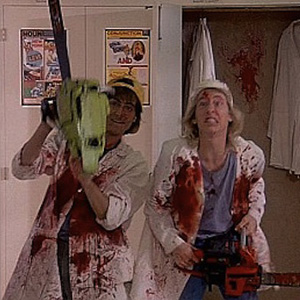

Some of those male deaths come in the form of them occupying the “traditional” male role of a protector. The original Friday the 13th (1980) film, however, piles up the bodies with more men dying than women. Women’s revolutions raged against patriarchal double standards and inequities in favor of women gaining autonomy over their bodies and lives.

It seems like a pushback of sorts to the time period.

The “promiscuous” women die while the “good girl” survives (hello, Laurie Strode) reigns supreme. Sadly, two of them meet their fate after a sexual encounter. In Halloween (1978), three of the four named character deaths are women. Let’s go back to the slasher genre’s Golden Age between the late 1970s and early 1980s. But we can pull a few well-known examples to get a general gist. Of course, it is nearly impossible to do an official tally of all the men versus women who died in every slasher film in existence. But is this true? If the deaths are more “equal opportunity,” are there noticeable differences in methods and framing? And what does all of this suggest about the genre and us as a viewer collective?ĭo Women Really Die More than Men in Slasher Films? As the genre experiences yet another renaissance of sorts with films like Scream (2022), we must continually look at how slasher genre is evolving in terms its treatment of women and girls.įrom an overarching perspective, it appears that a killer’s targets in slasher films are overwhelmingly women who die in gratuitously graphic and needlessly sexualized scenarios. We know her: the survivor who makes it through (although not without loss and trauma). They are rarely the antagonists in slashers but rather disposable victims or the ever-famous Final Girl. One of those crucial slasher film elements is having women as central characters. Films like The Texas Chain Saw Massacre and Halloween established characters, tropes, and narratives that provide foundational concepts for slashers today. But this subset really began to build its own place in horror during its ascent in the 1970s. Psychological thrillers like Psycho also have a firm stamp in these types of films. Its roots stem back to the 1920s with “madman on the loose” plots and giallo films of the 1960s. Slasher films (and occasionally TV shows) have been a critical and lucrative subgenre within horror for several decades.


 0 kommentar(er)
0 kommentar(er)
